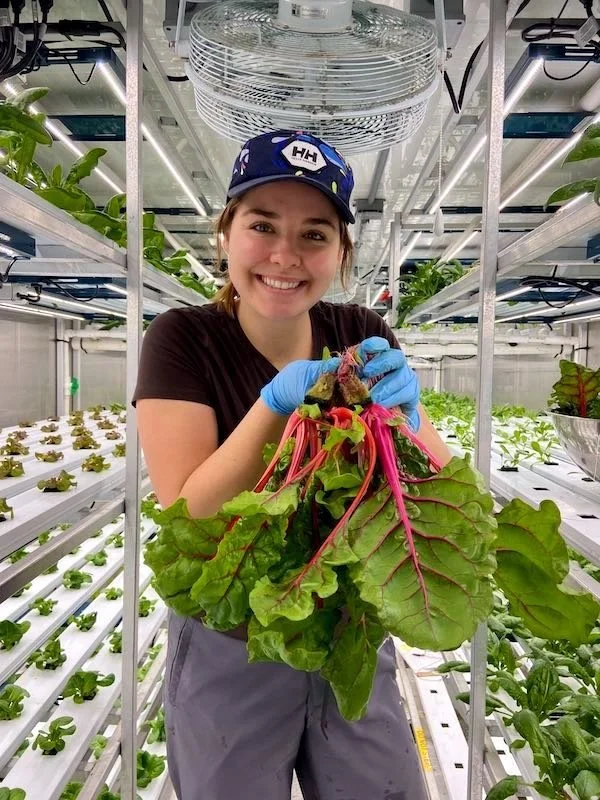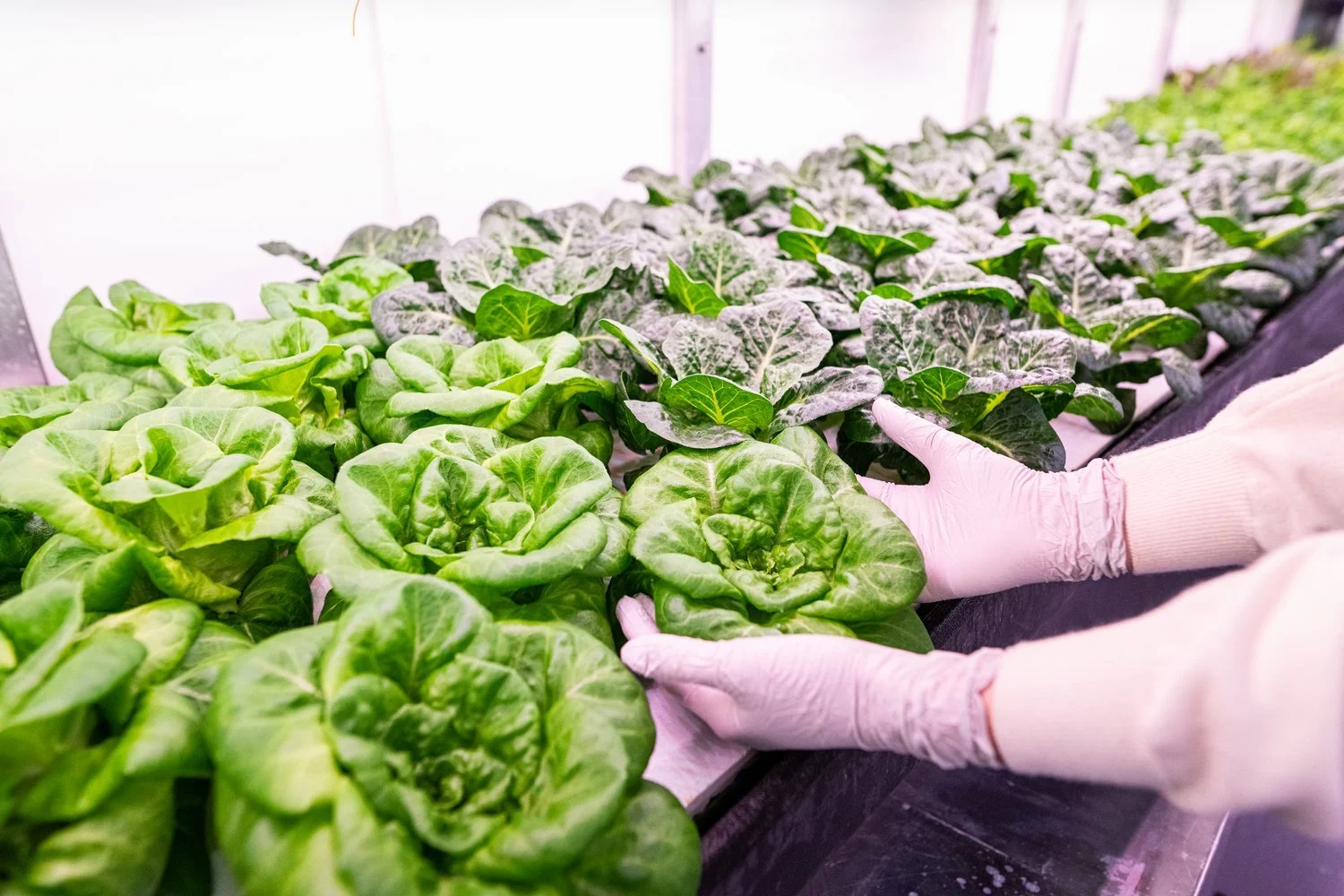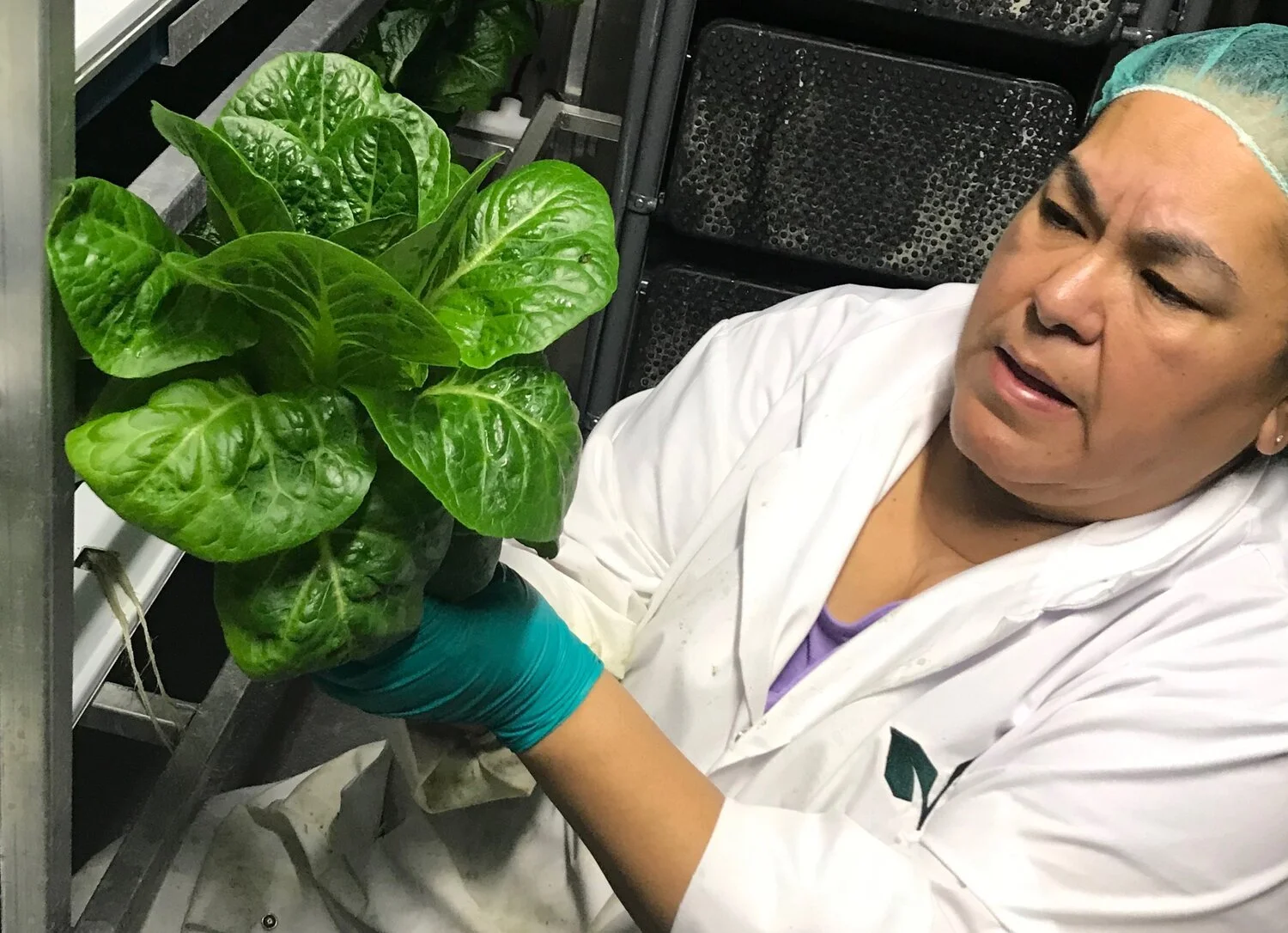Container Farms: Are They All Created Equal?
We’re kicking off a multi-part series comparing containerized hydroponic growing across the board. From defining “vertical farming” to talking about yields, plant size, and, “just how long can I *really* leave the farm alone before my plants all kick the bucket?” we’re here to break it all down for you. We’ll be capping off this series with a quick guide to choosing the right modular farm provider.
SUMMARY
Whether you are building a container farm yourself or sourcing a turn-key farm from a supplier, the best option for you will depend on your goals.
If you DIY a farm, what cost savings you get could be offset by your investment in time and sweat. And the risk that the farm won’t work well once it’s made.
If you are unfamiliar with indoor growing and what it takes to make an indoor farm work, you also risk not achieving the yields you want or being able to bounce back as quickly as you troubleshoot and figure things out along the way.
With a turn-key farm, you benefit from time and money already invested into the product and get to your first harvest faster.
Modular farms built with structural insulated panels (SIP) instead of upcycled shipping containers offer longer lifespans, better insulation, energy efficiency, and temperature control.
Turn-Key vs DIY Container Farms
Today’s topic covers one of the first questions most aspiring hydroponic farmers have: should I buy a full-scale solution, or try to build one myself? Furthermore, as we continue down that same line of questioning, what are the differences between providers, especially modular farms versus upcycled shipping containers?
DIY VS. TURN-KEY
With a turn-key solution, everything that you need comes with the farm, making it a “plug-and-play.” In a DIY scenario, the operator needs to source, purchase, and coordinate all aspects of the initial installation and set-up, as well as forming the processes needed to maintain and service the farm. It’s the difference between outsourcing R&D and doing it yourself.
Most DIYers you’ve heard of are using some form of a retro-fitted shipping container. This can pose logistical problems in terms of acquiring and installing necessary upgrades, like:
Sealing the container to protect from pests and disease
Climate-controlling the space
Ensuring that wear-and-tear like rust and warped panels have been fully repaired
This can take time, effort, and excess costs can pile up depending on extenuating factors.
And, you’re doing it all by yourself. Without the power of a dedicated R&D department or network of growers.
Upcycled shipping containers have an average lifespan of 25 years, compared to modular farms that have an average lifespan of 30 years.
A modular farm built from panels boasts higher reliability, efficiency, and temperature control.
Get to first harvest faster
Conversely, with modular farming, your project can be up and running in as little as four months. Choosing a proven solution gives you a certainty of results - your time to first harvest is faster than if you do it yourself.
When you build a farm yourself without a background in agriculture, pathology, and engineering, just to name a few, you will learn a lot. After endless days and long nights, searching, syncing, and sticking, you will (hopefully) turn on your system and have it work flawlessly. But we know the systems integration aspect is also the most overlooked. You can assemble all the parts, but having them work together is a whole other story.
You also risk not achieving the yields you want. Or not knowing what to do when disease knocks on your door. Without being able to bounce back as quickly, you could lose out on more time and money by going the DIY route.
And we didn’t even mention the risk to your health and safety when you tackle the more complex parts of building the farm like electricity or carbon dioxide. No one wants to be electrocuted.
When you partner with a turn-key modular farm supplier you benefit from all the time and money already invested into the product and the continuous advancements made along the way to keep you competitive.
Modular farms
Turnkey modular farms are a fit for growers who want to invest in a product that’s already been through the troubleshooting and verification phases and will produce harvests from day one.
Let’s get technical for a moment. Modular farms consist of what’s called SIP (structurally insulated panels) and are purpose-built for indoor growing. In Growcer’s case, modular means:
Longer lifespan (30 years!) compared to upcycled shipping containers
Better insulation, energy efficiency, and temperature control
Wider aisle allowing for efficient, user-friendly workflow
Functional improvements like a slanted roof to improve water flow
Easier building permit processes (In Canada this means built and inspected to comply with the National Building Code by meeting or exceeding CSA A277 standards)
And, they’re fully built in Canada.
When considering whether to DIY a solution or go with a turn-key provider, there are some pretty important business decisions at hand. You’ll want to consider your own skills and knowledge, as well as your risk tolerance. DIY, despite allowing for control over every element of the farm, includes many unknowns. You’ll definitely be an expert by the end of the design, sourcing, and installation, but you may have also exceeded your budget, time limit, and maybe even, sanity level.
Plus, most providers (including Growcer), provide training alongside the farms.
In the next post, we’ll take a look at yields: how much can and should a successful farm produce?
January 19, 2023







